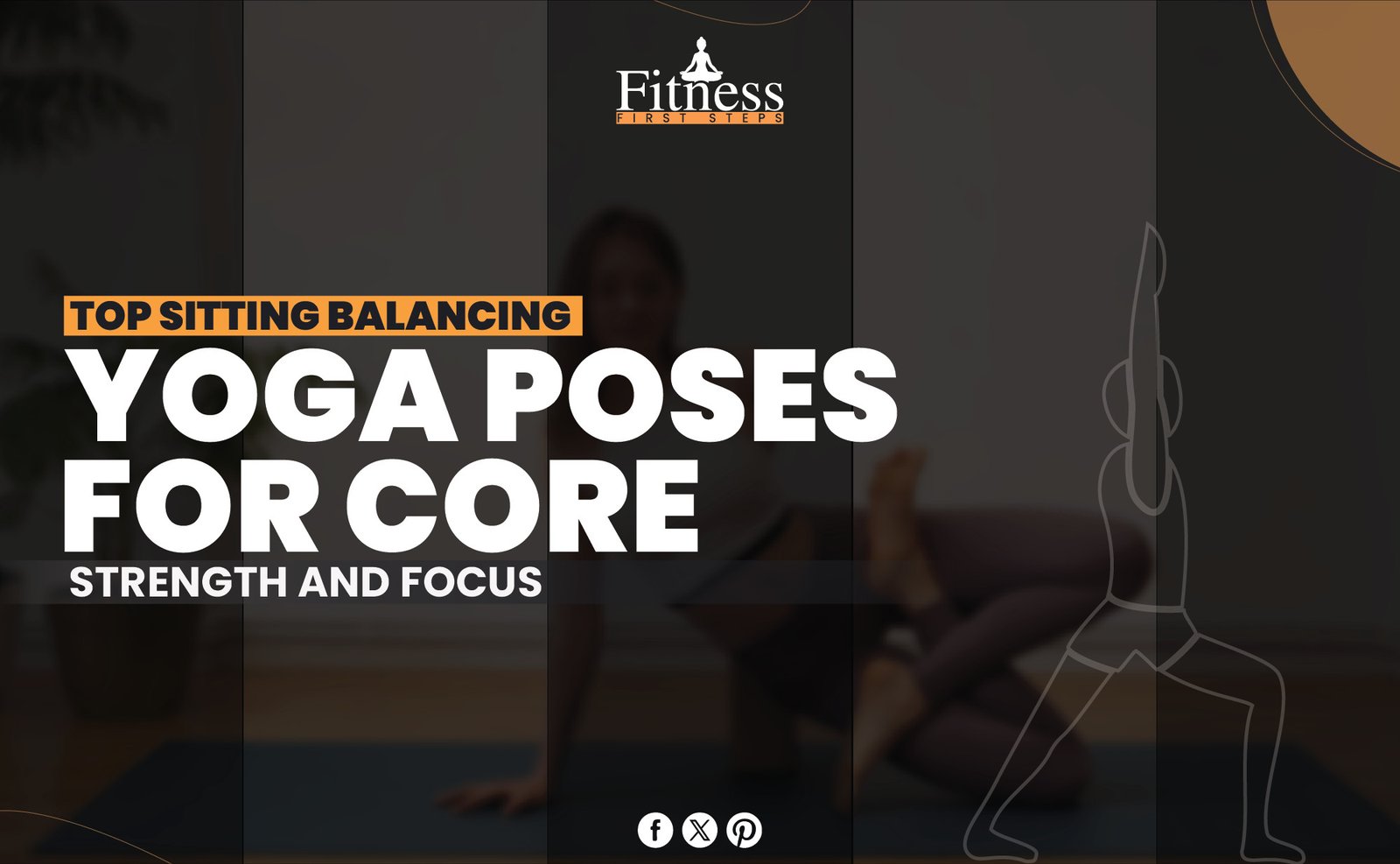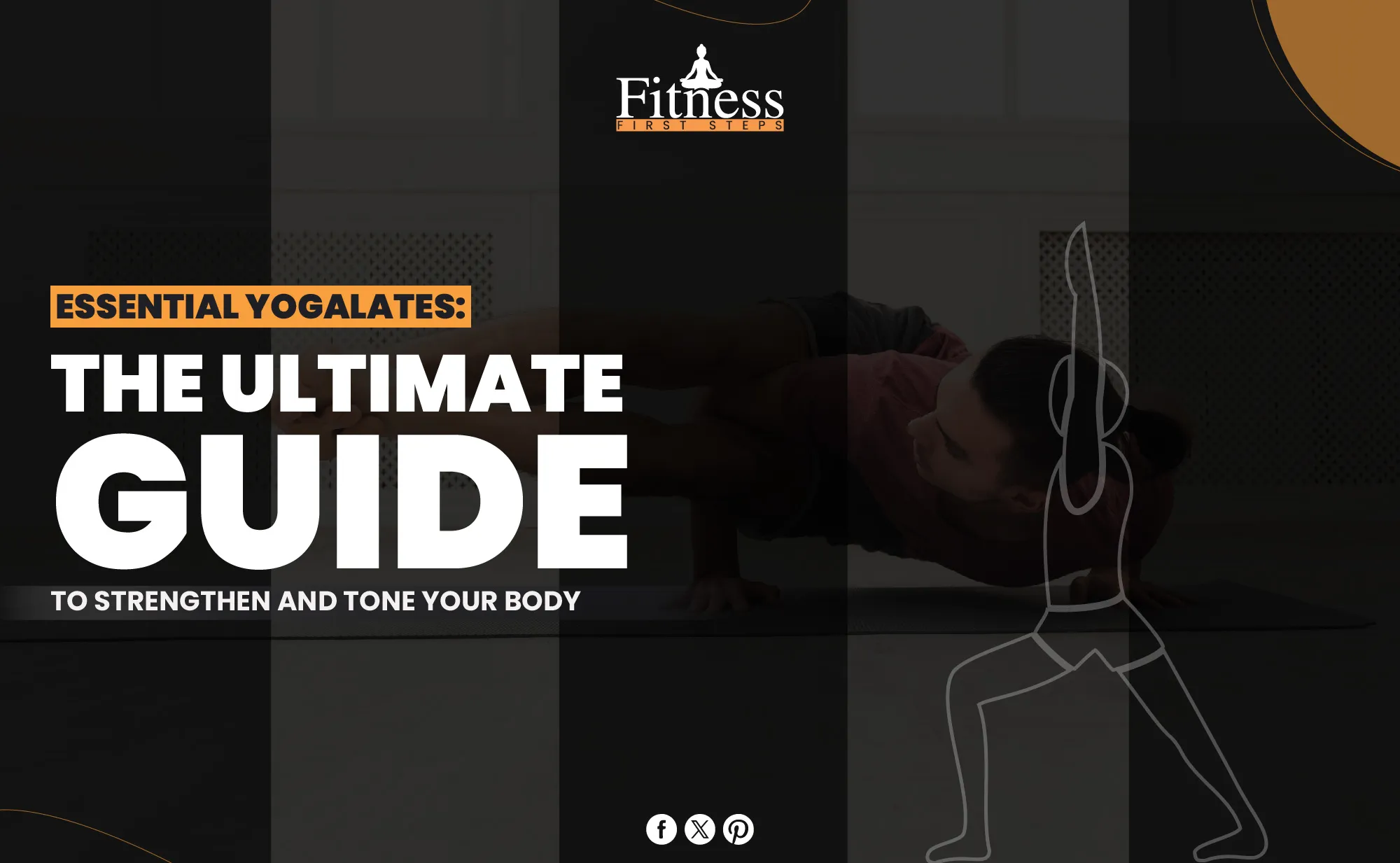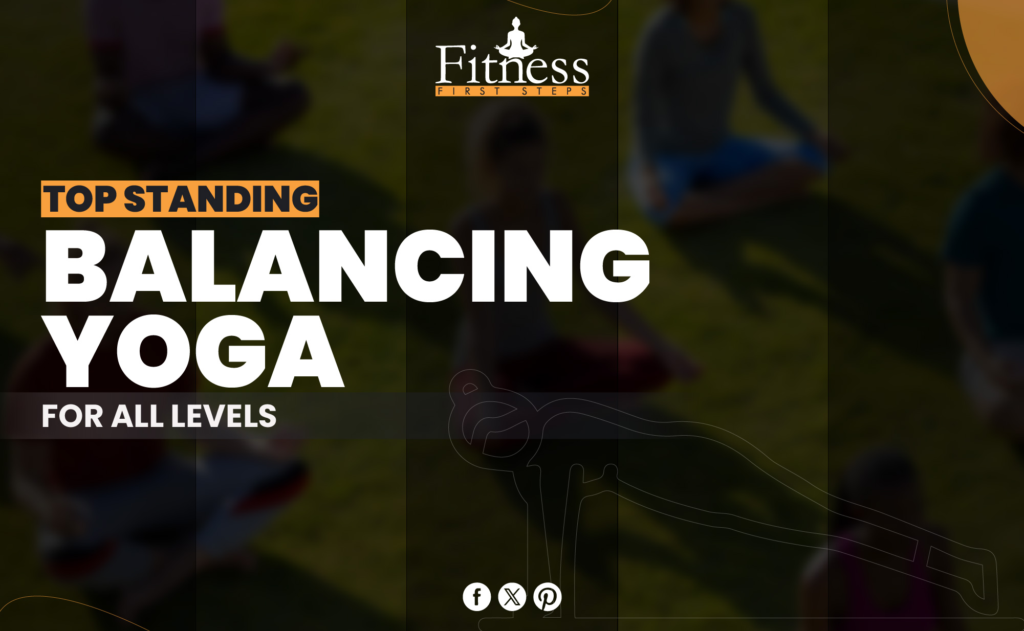Introduction
Yogic science goes beyond the actual practice of yoga poses by combining ideas about physical, mental, and spiritual health. It provides a complete way to be healthy. It comes from old techniques that help with balance, mending, and inner peace, and it recognizes that the mind, body, and spirit are all connected.
Improving your practice is essential to get the most out of yogic science. This means doing more than poses; you should also practice being aware, controlling your breath, and meditating. Making changes to your yoga routine to meet your specific health goals can have a significant impact on your general health.
In the following parts, we’ll talk about valuable and easy-to-remember ways to improve your yoga practice. These tips will help new and experienced yoga practitioners find a more profound sense of health and balance through the training. They range from making a space just for yoga to learning how important it is to be consistent and patient.
Read more about Yoga Therapy.
Set Your Intention
One of the most essential parts of deepening your yoga practice is setting a goal. Setting a goal is more about the outside world and getting things done. On the other hand, an intention is more about the inside process or the attitude you want to develop through your practice.
Understanding the Power of Intention in yogic Science Practice
Intention-setting in yoga connects physical movement to mental and spiritual growth. It focuses your attention and gives your practice direction. Intention can improve your yoga sessions by increasing gratitude, releasing negativity, or being nice to yourself and others.
Reflecting on your Personal Goals and Intentions
Before starting yoga, consider your goals. Want emotional harmony, bodily health, or spiritual growth? Your aims and intents can change from session to session, which is fine. These intentions should match your inner self and improve your health.
Setting a Clear Intention for Each Practice Session
Each yogic science session should start with a conscious goal. Close your eyes and take a few deep breaths. Ask yourself what you need from your practice today—a word, feeling, or phrase. You can stay focused on this objective as you move through your poses and review it when you lose focus. This practice improves physical flexibility and strength and calms the mind.
Cultivate Mindfulness
Yoga integrates the physical, mental, and spiritual domains via mindfulness. Mindfulness enhances yoga’s healing and tranquility beyond the mat into our daily lives.
Embracing Mindfulness as the Foundation of Yoga Practice
Mindfulness in yoga means being present and engaged with each action and breath. Our thoughts and feelings should be accepted without judgment. This conscious presence deepens our practice, turning it from physical exercise to a complete experience that nurtures mind, body, and spirit.
Practicing Present-Moment Awareness On and Off the Mat
The practice of present-moment awareness should extend beyond the yoga mat and into our daily lives. Applying mindfulness to everyday activities like eating, walking, and talking helps us live with intention and awareness, lowering stress and creating calm and contentment.
Incorporating Mindfulness Techniques into your Daily Life
Simple but powerful mindfulness yogic science practices include focused breathing, meditation, and body scans. These activities are easy to do anywhere and anytime to return to the present. Mindfulness activities can increase attention, emotional regulation, and well-being over time, enriching your yoga practice and life.
Listen to Your Body
A thoughtful and practical yoga practice requires body awareness. It’s about honoring your body’s wisdom, knowing its state, and meeting its demands with kindness. This method reduces damage and strengthens the mind-body connection, making exercise more individualized and sustainable.
Honoring your Body’s Signals and Limitations
Honoring your body requires listening to its cues. Learn to distinguish between good stretching and dangerous discomfort. Yoga is a personal journey where development is evaluated by how well you know your body’s rhythms and needs.
Practicing Ahimsa (Non-Harming) by Avoiding Pushing Beyond your Limits
The yoga concept of non-harming, ahimsa, guides our practice. Ahimsa means not overloading your body or self-harming. Do not hold back growth, but ensure your practice supports health and vitality without harm or injury.
Modifying Poses and Sequences to Suit your Body’s Needs
Listening to your body requires changing stances and sequencing. Yoga has several adaptations for varied skill, flexibility, and health levels. Blocks, belts, and cushions can help safely align and deepen positions. Listen to your body and make modifications for a healthy and enjoyable practice.
Focus on Breath Awareness
Awareness of your breath is integral to yoga because it connects your physical body to your mental and spiritual bodies. Being in charge of your breath gives you a lot of power over how you react to life’s challenges, which lowers your stress and brings calmness into your being.
Harnessing the Power of Pranayama (Breath Control) Techniques
Breath control, or pranayama, boosts vigor, mental clarity, and emotional stability in yoga. Ancient breathing rhythms and techniques can detoxify the body and relax the mind. Daily pranayama can improve your health, enhance your yoga practice, and help you manage stress and anxiety.
Cultivating a Steady and Mindful Breath During Asana Practice
A deliberate, steady breath during asana practice strengthens the body-mind connection and makes yoga more contemplative. Concentration, balance, and smooth movement are improved by breathing. It makes each pose a mindfulness practice by reminding you to be present.
Exploring Different Pranayama Techniques for Relaxation and Energization
Each pranayama technique has its perks. Ujjayi (Victorious Breath) boosts focus and heat, whereas Nadi Shodhana (Alternate Nostril Breathing) balances the brain’s left and right hemispheres and relaxes. You can find the most excellent way to soothe or energize your body and mind by trying different routines.
Develop Consistency
The full advantages of yogic science need consistency, which leads to steady growth and knowledge. To establish a routine, include yoga into your daily or weekly routine realistically and enjoyably.
Establishing a Regular Practice Routine that Fits your Schedule
Choosing the optimum time of day for practice might boost dedication. Some like morning yoga’s peace and freshness, while others prefer evenings. Having a routine makes yoga a daily need, like eating or sleeping.
Setting Realistic Goals for Frequency and Duration of Practice
Setting realistic practice frequency and duration goals can minimize overload and failure. Start small, like practicing 20 minutes thrice a week, then adjust as you get used to it. Good practice is more important than quantity; even short, regular sessions can be helpful.
Overcoming Obstacles and Maintaining Consistency with Motivation Techniques
Life’s demands can derail our plans. Flexibility aids in overcoming challenges. If you don’t skip a session, please remind yourself of your commitment and get back on track without self-criticism. Finding a yoga companion, joining a committed group, or journaling your practices will help you stay inspired and accountable.
Explore Variety in Yogic Science
Different yoga styles and techniques might improve your practice and results. Trying different yoga styles—from Ashtanga and Vinyasa to Hatha and Yin—can help you adapt to changing demands. Each style has benefits and challenges, helping you understand and appreciate yoga.
Incorporating a Variety of Yoga Styles and Practices Into your Routine
Trying new yoga styles increases your skills and breaks up your routine. Your well-being benefits from Iyengar yoga’s precision, Kundalini yoga’s spirituality, and Yin yoga’s therapeutic effects. Listen to your body and adjust your practice to suit your needs to make yoga more enjoyable.
Exploring Different Instructors, Classes, and Online Resources
Learning from different teachers with varied perspectives, experiences, and teaching styles is a simple approach to branch out. In-person and online programs provide distinct positions, sequences, and breath practice. A global community of educators makes obtaining coaching that matches your practice goals more accessible than ever via online platforms and apps.
Keeping your Practice Dynamic and Engaging with New Experiences
Workshops, retreats, and yoga challenges can enhance your practice beyond different styles and teachers. These can teach you advanced techniques, yoga philosophy, or ayurvedic concepts to improve your practice. Events with the yoga community can also renew your dedication to yoga as a lifelong health and self-discovery path.
Cultivate Patience and Compassion
You can learn how to do physical poses in yoga, but the way is also about developing good qualities inside you. For your practice to keep growing and making you happy, you must have patience and kindness.
Understanding that Progress in Yogic Science is a Journey, not a Destination
Appreciating yoga as a journey rather than a succession of achievements might change your perspective and enjoyment. Recognizing that yoga has no endpoint reduces the urge to perfect poses or techniques. Each mat session is about self-discovery, learning, and progress.
Embracing Patience with Yourself and Your Progress
Yoga requires patience because development is frequently slow and hard to notice. Celebrate little wins and accept that some days will feel like regressing. Being patient with yourself lets your skills develop naturally without criticism or frustration.
Cultivating Self-Compassion and Kindness Towards Yourself and Others
Yogic science promotes self and other compassion. Forgiving yourself for perceived inadequacies or poor practice is required. Spreading compassion creates community and daily empathy. Remember that the energy you produce on the mat affects your and others’ well-being.
Seek Guidance and Community
Our yoga journey is better when we do it with other people and have teachers who help us. You can make a big difference in your growth and enjoyment of yoga by finding a group of people or a teacher who will help you.
Finding a Supportive Yoga Community or Mentor
A supportive community or mentor can make your practice more meaningful and shared. Being part of a yoga community—whether through a local studio, online groups, or a mentor—encourages, motivates, and improves your practice. Mentors provide personalized instruction to improve your technique and discover yoga.
Seeking Guidance from Experienced Teachers and Practitioners
Learning about yoga’s intricacies from experienced teachers and practitioners is beneficial. With their expertise, these people may offer meaningful and practical advice. Their teachings can elucidate yoga’s route from asana to philosophy, helping you practice more meaningfully.
Participating in Workshops, Retreats, and Group Classes for Inspiration and Connection
Workshops, retreats, and group courses can inspire new yoga practices. Retreats and seminars on specific yoga topics allow you to learn and practice in an intensive setting. Group classes inspire and unite, making the practice more vivid and dynamic. These experiences foster connections and a sense of belonging in the yoga community, proving that yoga is a communal path.
Reflect and Integrate on Yogic Science
Yogic science is more than just physical poses and breathing exercises. It’s also about the changes and lessons that happen inside of you. Adding these events to your daily life will help you improve your practice and grow.
Taking Time for Self-Reflection After Each Practice Session
I’d like you to reflect after each yoga session. Practice-related feelings, ideas, and sensations might be explored during this time. You can connect with your inner self by reflecting on your experience and learning more about your body, mind, and emotions.
Integrating Insights and Lessons Learned on the Mat Into Daily Life
The principles yogic science teaches us to go beyond the mat. Try to use these skills in your daily life, whether patience from a problematic position or calmness from breathwork. This integration can be seen by being calm in stressful situations, more compassionate, or present.
Celebrating Your Progress and Growth Along the Yoga Journey
Recognizing and applauding your yoga progress keeps you motivated. Recognize little achievements, like learning a new pose or detecting a subtle mental or emotional difference. Celebrating these accomplishments strengthens your yoga practice and shows you how hard work can lead to improvement.
Conclusion
This guide has covered yogic science to improve your practice, from the significance of a steady routine and awareness to the effects of diet and the environment. We discussed open-minded learning, patience, self-compassion, and the benefits of advice and community.
I recommend doing yoga with intention, attention, and consistency. Doing so enhances your practice connection and brings inner serenity and clarity. Yoga may alter your life if you set clear aims, stay present, and practice regularly.
Yoga has a vast transforming potential. It can transform your physical, mental, and emotional health. With devotion and mindfulness, yoga can help you explore more profound parts of yourself and live a more satisfying and harmonious life.




